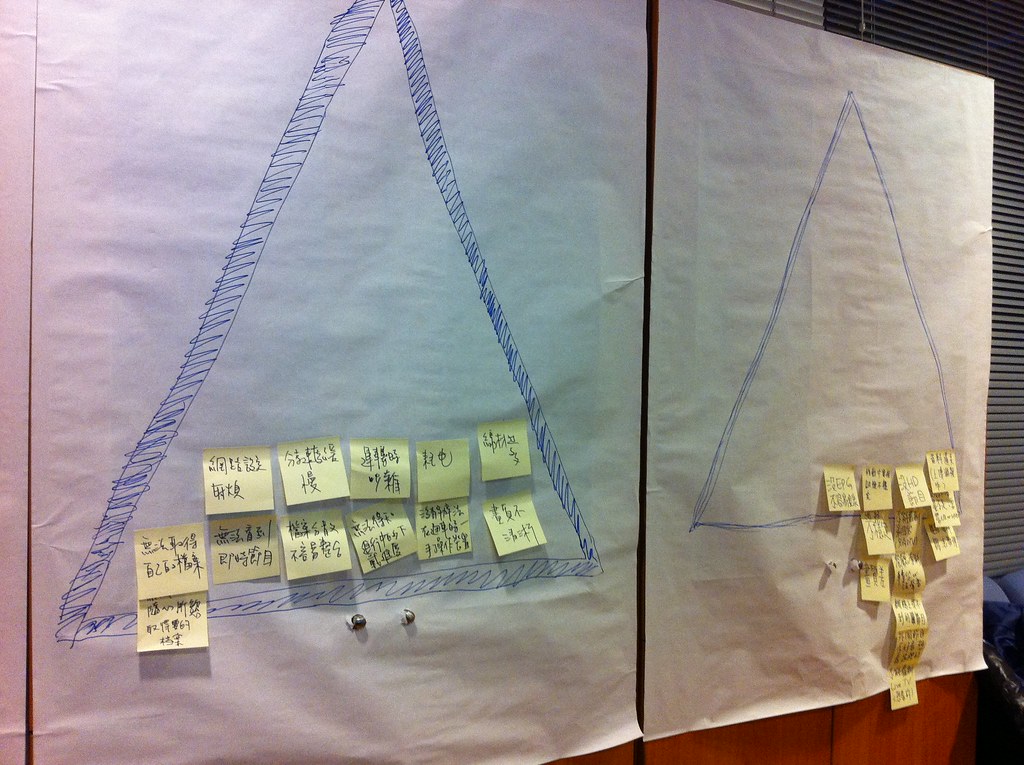
- ARAB NEWS
- 09 Jul 2025

Nader Sammouri
Design is setting loose one’s creativity in an attempt to create. As for design thinking, it begins with empathy towards the target user; an understanding of those whom the design is for, which surpasses good form to involve a comprehension of the context and culture of the stakeholders involved.
IDEO, a global design company with a long history of creating change through design reflects the definition of design thinking. IDEO’s chair, Tim Brown states that: “Design thinking is a human-centered approach to innovation that draws from the designer’s toolkit to integrate the needs of people, the possibilities of technology, and the requirements for business success.”
How can we create new dimensions for human expression? This is the question that drives innovation.
“The design thinking mindset is not new. Throughout history, good designers have applied human-centric approaches to build meaningful solutions. The frameworks, though, have been institutionalized recently and that’s why and how design thinking became a buzzword today,” said Nour Abou Alwan, a Chief Executive of Design and Innovation at Mirum Agency.
Nassib Haddad is another design thinker, who serves as a user experience facilitation and design lead at IBM in the emirates. He goes on to add that: “Contrary to popular belief, design thinking is not a design-related methodology, but a human-centered one. Every business has human satisfaction at the very core of its success.”
No one can deny that the world is full of problems. Design thinking developed as a way to tackle these ascending problems. It dares to challenge people’s fixed assumptions, explore alternatives, and creates non-existing options.
“Whenever I face a problem or feel stuck with an idea or a situation, I use design thinking techniques to find a few possible innovative solutions to choose from. At the beginning of my career, it took me a longer time to follow all the steps, and it felt like overthinking at some point. I used to become overwhelmed which made it harder to make decisions. Now after lots of practice, I feel like my mind has become self-programmed to apply the design thinking steps at any time and situation,” said Natalie El Hariri, a self-proclaimed innovation consultant.
Away from statistics and figures, many solutions rise from the qualitative empathetic approach that is supplied by someone’s personal story. Integrating with this kind of depth and directly observing those deep coatings is a gold mine for innovation.
“The process is not around designing crisp experiences as much as it is about understanding the right questions. Many design thinking methodologies and frameworks start with the ‘Empathize’ phase anchored around a deep understanding of the users, their needs, and motivations, followed by the ‘Define’ phase, in which the research is distilled and the problems are defined. The ‘Ideate’ phase is a brainstorming phase. The ‘Prototype’ phase encourages building tactile representations of the idea to start weighing product desirability as opposed to its feasibility. Finally, the ‘Test’ phase turns to users for feedback, validation, and iteration before the implementation,” Abou Alwan explained.
Design thinkers learn by doing, and thus their sweeping ideas are made into fast and simple prototypes that test the likely outcomes in the real world. But why design thinking? This term offers a uniting language for multidisciplinary collaboration aimed at grander creativity and more effective solutions.
Japan offers an array of design thinking demonstrations that shows how design can accommodate people. Japan’s commitment to order, for instance, imposed several innovations throughout time. Queueing markers at train stations vary depending on the incoming train which contributes to an organized waiting platform. Japan’s respect for time enforced further innovations such as automatic taxi doors, which open and close without the laborious need for the driver to get out of their car and accommodate.
The Japanese practice of austerity and saving space is another driver of innovation. Sinks on top of toilet cisterns are one example that challenges the usual bathroom design. Not only does it save space, but it saves water as well because the water that one uses to wash their hands refills the cistern for the following flush. Another space saver is the existence of one tap that alternates between the sink and the bath. Sliding doors are also a staple of Japanese interior design, a space-saving device traditionally made out of wood and paper.
Innovation doesn’t have to be sophisticated but can be as simple as a transparent umbrella that makes it easier to navigate the masses on a rainy day or a fold-down baby seat in the bathroom to accommodate parents.
Innovation is how people react to changes and explore novel opportunities, stay relevant with the changing times, and most importantly improve lives.